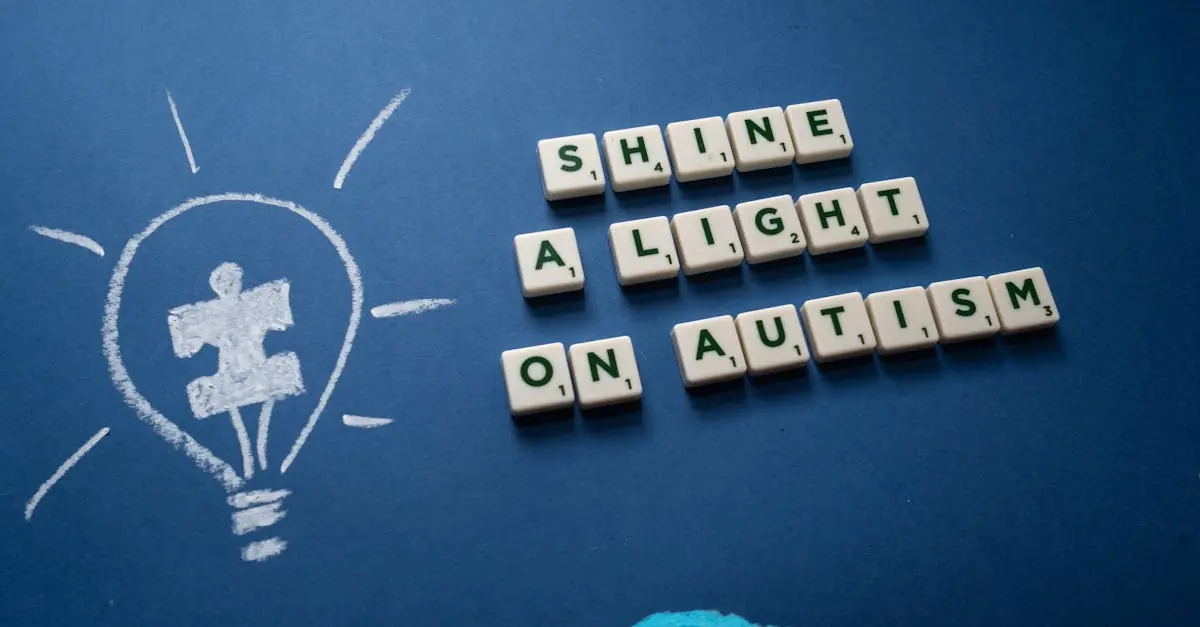Table of Contents
ToggleIn a world where emojis often replace words and autocorrect turns “I’ll be there soon” into “I’ll be there spoon,” the concept of a language community has never been more vital. These vibrant groups bring together language lovers, learners, and linguists who share a passion for communication in all its forms. Whether it’s mastering the nuances of a foreign tongue or debating the merits of the Oxford comma, language communities foster connections that transcend borders and cultures.
Understanding Language Community
Language communities play a vital role in modern communication and learning. They bring together individuals passionate about language, allowing for collaboration, exchange, and support.
Definition and Importance
A language community consists of individuals sharing a common interest in a language. Members include enthusiasts, learners, and linguists who engage in dialogues about language nuances. These communities contribute significantly to language preservation, cultural exchange, and skill enhancement. Participation in these groups fosters personal growth and strengthens ties among diverse cultures. Collaborative learning within these communities promotes an understanding and appreciation of linguistic diversity.
Types of Language Communities
Language communities vary widely. Online forums and social media groups offer platforms for global interaction. Local meetup groups provide in-person opportunities for practice and connection. Academic organizations often focus on specific languages or linguistic research. Multilingual communities encourage individuals to explore several languages simultaneously. Each type addresses unique interests and needs, enhancing the learning experience for members. An active participation leads to enriched understanding and broader connections across cultures.
Characteristics of Language Communities
Language communities exhibit distinct characteristics that define their connections and interactions. These traits contribute to the overall dynamics within these groups.
Shared Language and Dialects
Shared language and dialects create strong bonds among community members. Regional variations often lead to unique dialects, enhancing personal expression and cultural identity. Members conversing in the same language feel an immediate sense of belonging. This commonality encourages mutual understanding and collaboration. For example, speakers of Spanish in Mexico may communicate differently than those in Spain, yet both belong to the broader Spanish-speaking community. The richness of these shared linguistic features fosters opportunities for deeper engagement and learning.
Cultural Practices and Traditions
Cultural practices and traditions significantly influence language communities. Members celebrate their heritage through festivals, storytelling, and customs that reflect their linguistic background. Engaging in these practices allows shared experiences to flourish. For instance, those participating in an Italian language community might come together during cultural events centered around Italian cuisine. These gatherings reinforce connections and enrich the language-learning experience. Encouraging cultural exchange enhances appreciation for differences and strengthens ties among members.
The Role of Language Communities in Society
Language communities significantly contribute to society by preserving linguistic diversity and promoting cultural exchange. These groups create environments where individuals can share their love for languages and culture.
Language Preservation
Language communities focus on preserving languages at risk of extinction. Efforts include documenting grammar and vocabulary to create resources for future generations. Active involvement helps maintain fluency among native speakers while introducing language to new learners. Collaborative projects, such as digital archives and community classes, further strengthen preservation efforts. Resources shared within these communities contribute to broader awareness and appreciation of diverse linguistic heritage.
Social Identity and Integration
Language communities play a vital role in shaping social identity and fostering integration. Members often find belonging and solidarity through shared linguistic interests. Participation enhances one’s sense of self within a cultural context. Integrating individuals from various backgrounds creates a rich tapestry of experiences and perspectives. These communities offer support networks, aiding newcomers in navigating cultural landscapes. Engaging in discussions and events promotes mutual respect, leading to harmonious coexistence.
Challenges Faced by Language Communities
Language communities confront several challenges that hinder their development and effectiveness. These obstacles vary in complexity but carry significant implications for language preservation and cultural exchange.
Linguistic Endangerment
Many languages face endangerment due to dwindling numbers of speakers. According to UNESCO, over 2,400 languages are classified as endangered globally. Communities struggle to transmit languages to younger generations, leading to erosion of cultural heritage. Lack of resources and institutional support further exacerbates this issue. Some languages exist only in oral forms, making documentation and teaching increasingly difficult. Preservation efforts often rely on passionate community members who work tirelessly to revitalize their languages. Collaborative initiatives can mitigate this problem by fostering engagement and education.
Globalization and Language Shift
Globalization influences language communities profoundly. Increased interaction among diverse cultures accelerates language shift, as dominant languages overshadow less prevalent ones. This shift leads to the marginalization of minority languages. Communities face pressure to adopt widely spoken languages, affecting their cultural identities. Economic opportunities, academic requirements, and media influence often facilitate language preference change. However, communities can counteract these trends through advocacy and awareness campaigns. Efforts to promote bilingual education support retention of heritage languages while enhancing linguistic diversity.
Language communities are vital in preserving linguistic diversity and fostering cultural exchange. They create spaces for individuals to connect over shared interests while enhancing their understanding of language and culture. By participating in these communities, members not only improve their language skills but also contribute to the survival of endangered languages.
Despite the challenges posed by globalization and linguistic endangerment, these communities remain resilient. Through advocacy and collaborative efforts, they promote awareness and appreciation for linguistic heritage. As the world becomes increasingly interconnected, the role of language communities in bridging cultural gaps and enriching communication will only grow more significant. Embracing this collective passion for language paves the way for a more inclusive and diverse global society.







